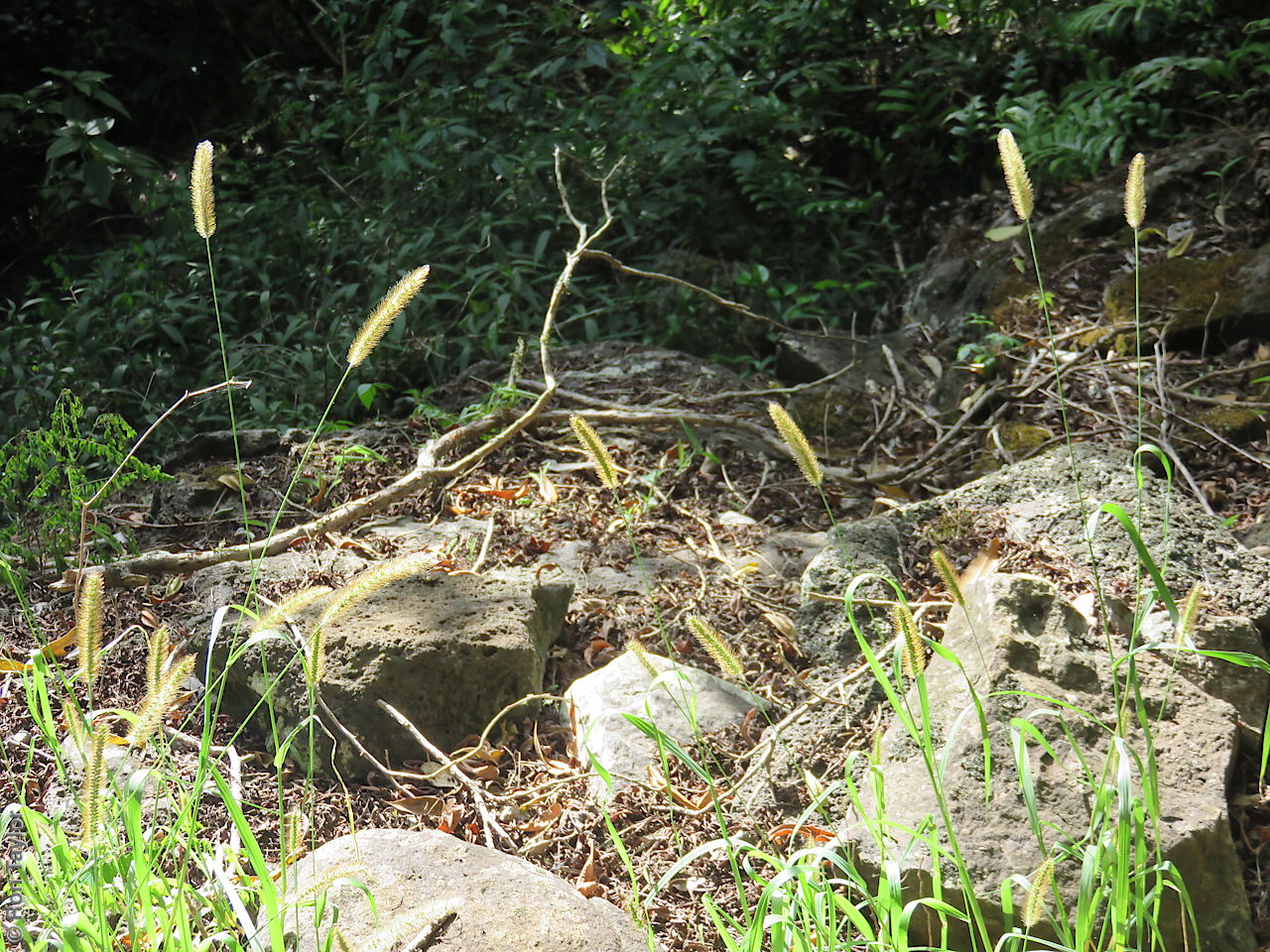




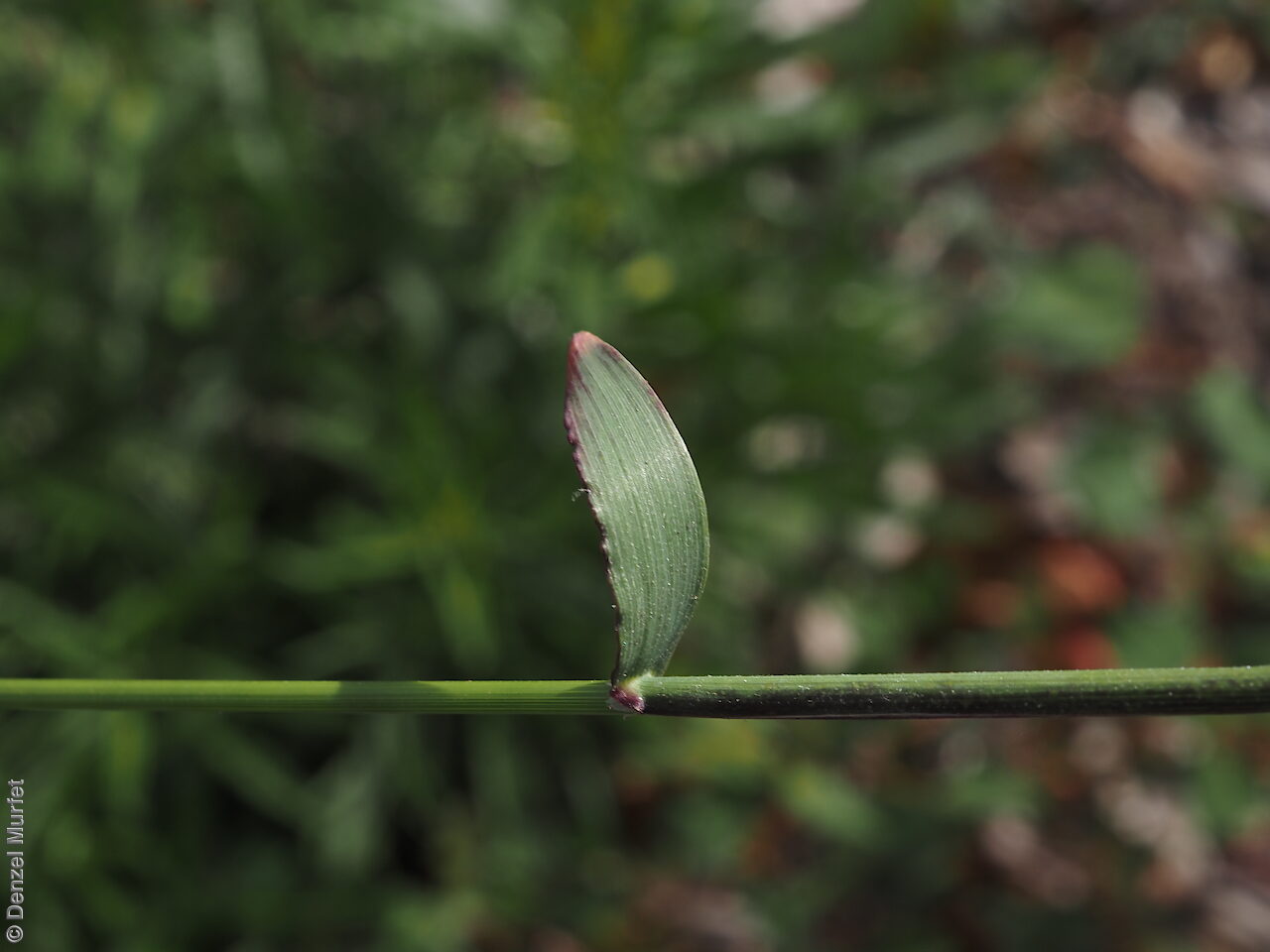
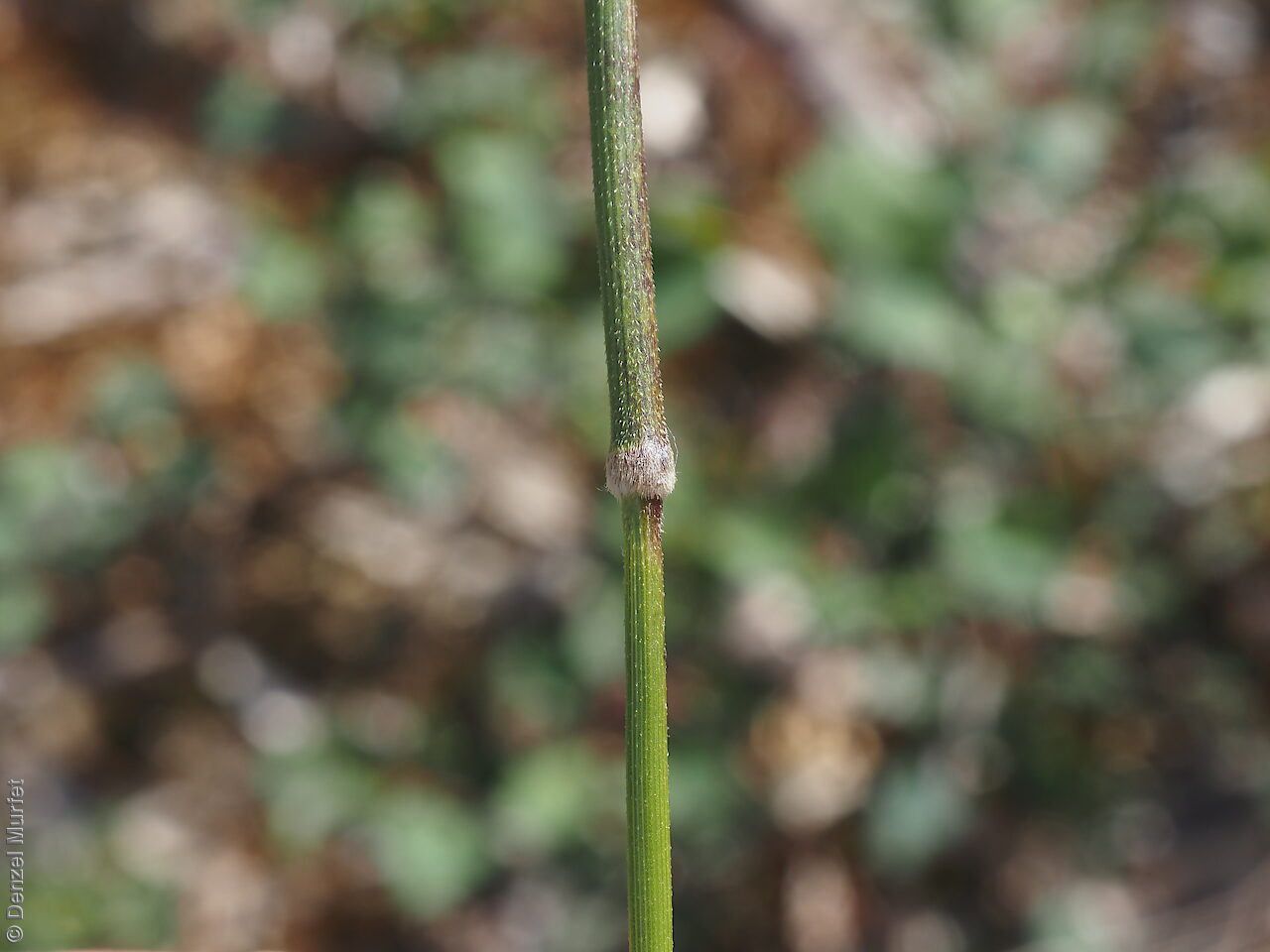
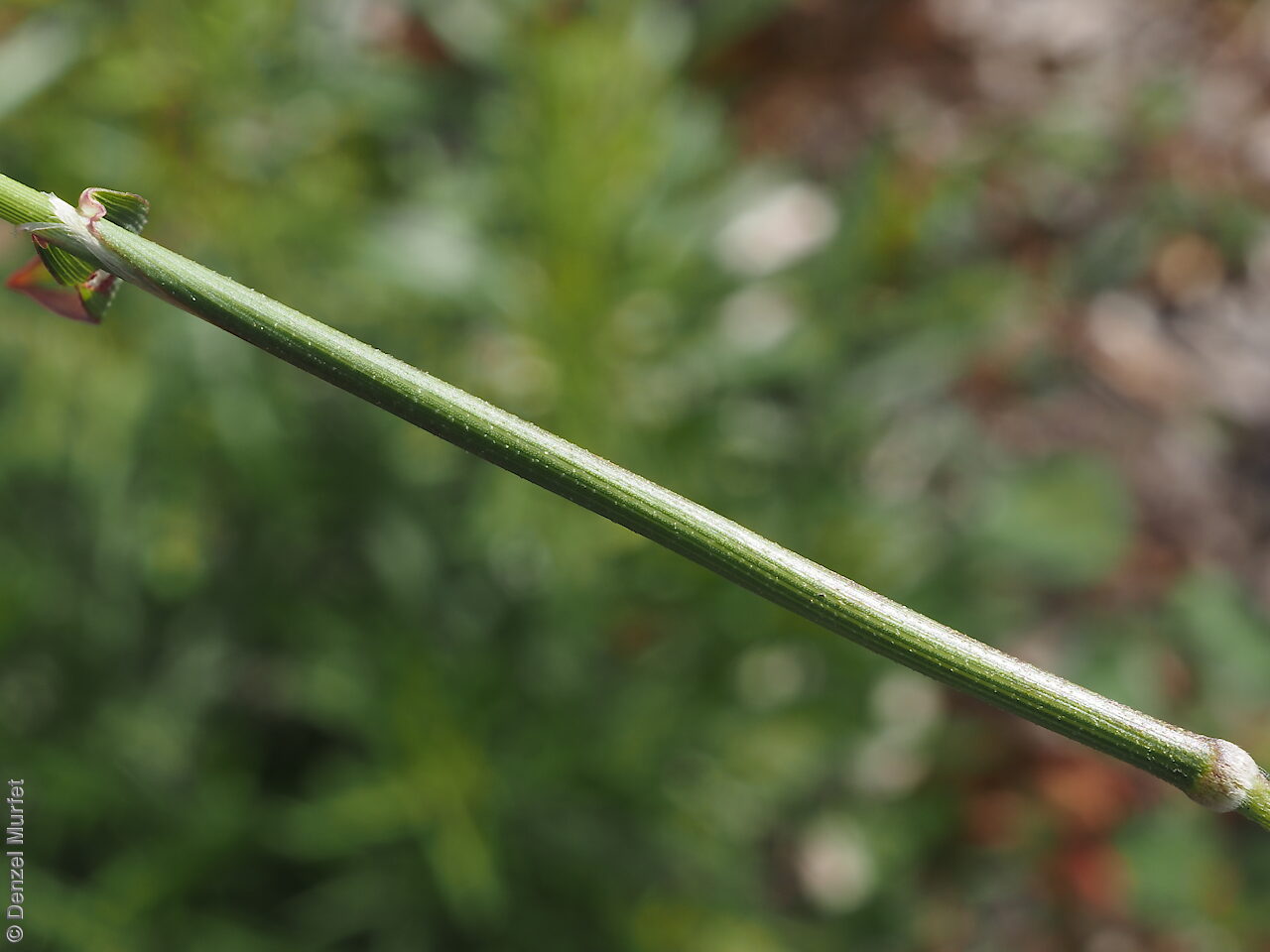






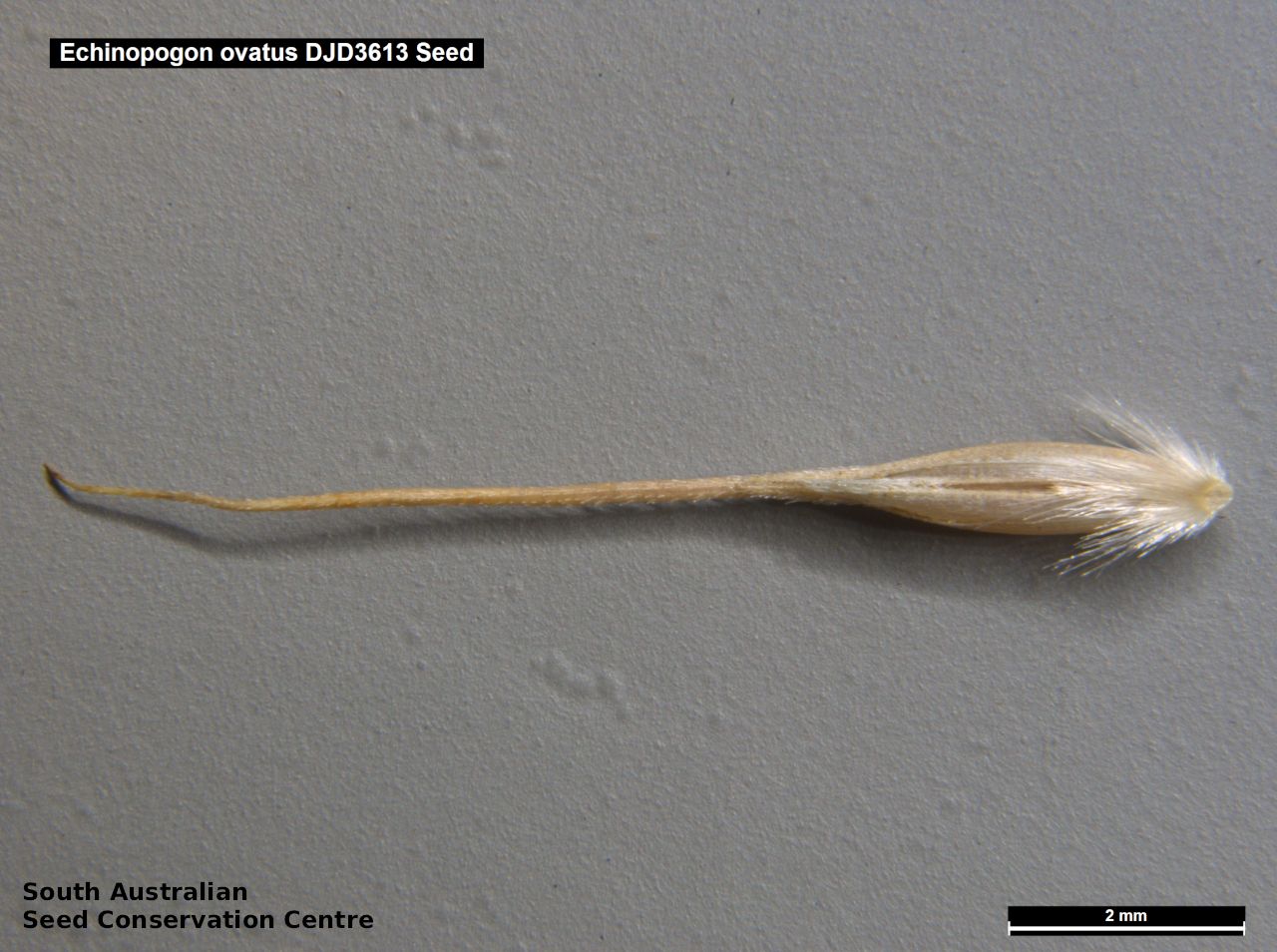



Botanical art
Prior names
Echinopogon ovatus var. ovatus
Echinopogon ovatus var. pubiglumis
Agrostis ovata
Common names
Forest Hedgehog Grass
Rough-beard Grass
Etymology
Echinopogon from the Greek 'ekhinos' meaning hedgehog and 'pogon' meaning beard, alluding to the bristly heads. Ovatus from the Latin 'ovatus' meaning ovate or egg-shaped, referring to the shape of the inflorescence.
Distribution and status
Found in the Flinders Ranges, Mount Lofty Ranges, Kangaroo Island and the lower South-east in South Australia, growing in moist forests and along creeks. Also found in Western Australia, Queensland, New South Wales, Victoria, Tasmania, Norfolk and Lord Howe Islands and New Zealand. Native. Uncommon in South Australia. Rare in Western Australia. Common in the other states.
Herbarium regions: Flinders Ranges, Northern Lofty, Southern Lofty, Kangaroo Island, South Eastern, Green Adelaide
AVH map: SA distribution map (external link)
Plant description
Erect annual grass with a perennial rhizomes, with slender scabrous stems to 70 cm tall and flat, scabrous leaf blades to 16 cm long. Inflorescence a dense, ovoid panicle, to 4 cm long. Glumes subequal, acute, to 4 mm long, long-scabrous along the keels. Lemma equal to or slightly exceeding glumes, callus hairs dense. Awn to 16 mm long. Flowering between October and January. Fruits are short dense spike. Seed embryo type is lateral.
Seed collection and propagation
Collect seeds between December and March. Use hands to gently strip seeds off the mature seed spike that are turning straw colour. Mature seeds will come off easily. Alternatively, you can break off the whole seed spike. Place the seeds/spike in a tray and leave to dry for two weeks. No further cleaning is required if only seed collected. If seed spikes collected, use hand to strip off the mature seeds. Store the seeds with a desiccant such as dried silica beads or dry rice, in an air tight container in a cool and dry place.
Fire response
Re-seeder but some plants re-sprouting from rhizome.
Longevity: >5 years
Time to flowering: 1 year
Recovery work
In 2020-2021 this species was assessed post-fire in 1 year old fire scars. A total of 16,000 seeds have been collected & banked for a population inside the 2020 fire scar. Germination screening testing the response to fire cues will be undertaken in 2021.This project was supported by the Emergency Seed Collecting Fund, a grant awarded to the Australian Seed Bank Partnership by the Royal Botanic Gardens, Kew on behalf of the UK Government.
| Location | No. of seeds (weight grams) | Number of plants | Date collected | Collection number Collection location | Date stored | % Viability | Storage temperature |
|---|---|---|---|---|---|---|---|
| BGA MSB | 12,300 (5.83 g) 12,300 (5.83 g) | 50 | 26-Dec-2007 | RJB76659 Southern Lofty | 19-Sep-2008 | 100% | +5°C, -18°C |
| BGA | 22,000 (15.42 g) | 200 | 2-Feb-2017 | DJD3616 Southern Lofty | 1-Nov-2017 | 60% | -18°C |
| BGA | 16,000 (9.840 g) | 50+ | 11-Dec-2020 | JRG772 Kangaroo Island | 28-Jun-2021 | 75% | -18°C, -80°C |
| BGA | 4,900 (3.818 g) | 100+ | 25-Jan-2023 | BKB222 Southern Lofty | 20-Jun-2023 | 70% | -18°C |
Number of plants: This is the number of plants from which the seeds were collected.
Collection location: The Herbarium of South Australia's region name.
% Viability: Percentage of filled healthy seeds determined by a cut test or x-ray.